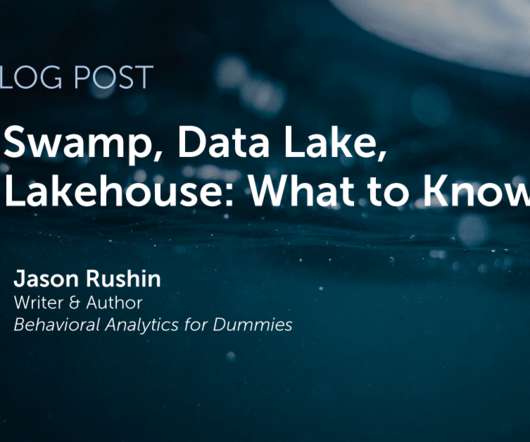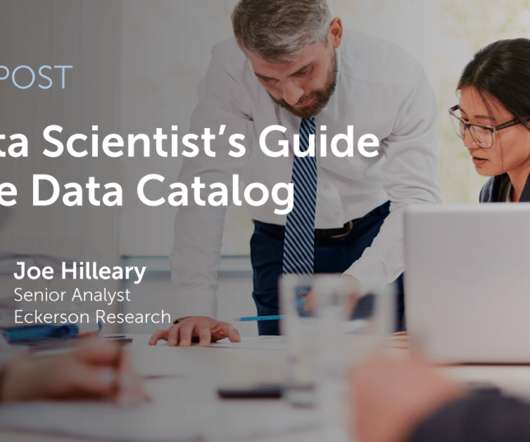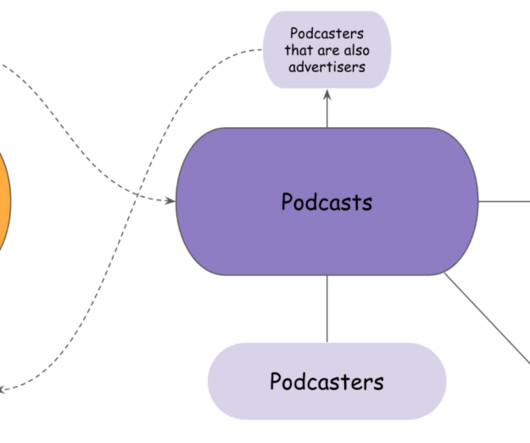Salesforce debuts Zero Copy Partner Network to ease data integration
CIO Business Intelligence
APRIL 25, 2024
“The challenge that a lot of our customers have is that requires you to copy that data, store it in Salesforce; you have to create a place to store it; you have to create an object or field in which to store it; and then you have to maintain that pipeline of data synchronization and make sure that data is updated,” Carlson said.





















Let's personalize your content